Despite being some of Mumbai’s oldest inhabitants and landowners, the East Indians have to play a patient waiting game to acquire land within the city for a cultural centre called the East Indian Bhavan. Fiona Fernandez speaks to torchbearers who’ve championed this project
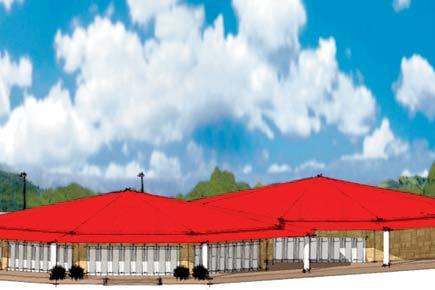
It’s a relaxed Sunday evening. After watching a play that takes the audience to a scene from an East Indian household in the 1800s, it’s time to tuck into a spread of authentic Pork Vindaloo, Mutton Stew, Chicken Moile and Rice Rotis. In the background, strains of an East Indian song wafts through a homely, charming restaurant.
ADVERTISEMENT
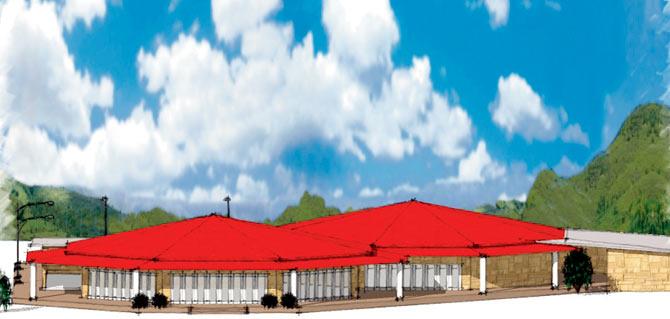
(Left, below) Audrey D’Souza’s outer and inner plans for the East Indian Bhavan. The complex will represent a traditional East Indian home with tiled roofs and high ceilings. IMAGES COURTESY/ AUDREY D’SOUZA
Now, imagine all of the above as a reality, in the heart of Mumbai. If things go according to plan, an East Indian Bhavan will be built in the city that will act as a community centre to showcase the culture, tradition, history and heritage of this community. “We never had such a permanent space despite owning land and property in Mumbai for centuries. We felt why not build something concrete for our community?” reasons Borivali based architect Audrey Baptista D’Souza, whose plans will help transform this dream into reality.
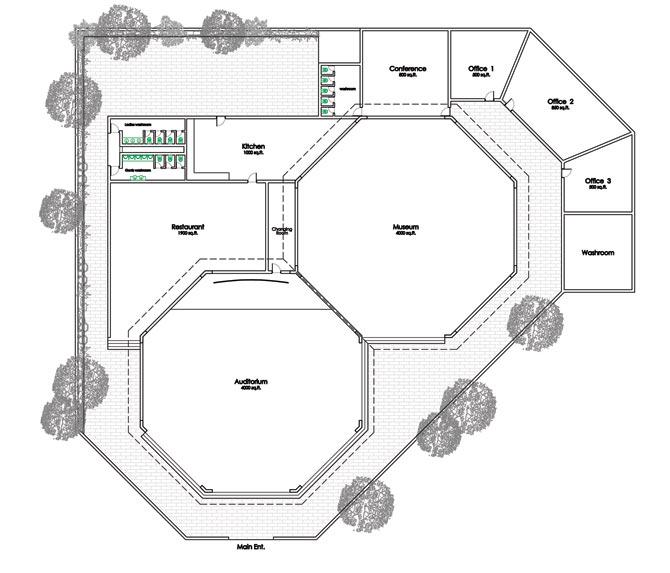
Community living
The structure, designed to resemble a traditional East Indian home, will house a cultural centre, a museum to preserve its heritage, a library and research centre, a 500-seater auditorium, a help centre as well as a restaurant that will serve authentic East Indian cuisine. “It will be built like a typical East Indian home, without any modern facades. We want it to represent our community, and what remains of our culture — for generations to come. The museum inside the Bhavan will showcase all of it,” she shares.
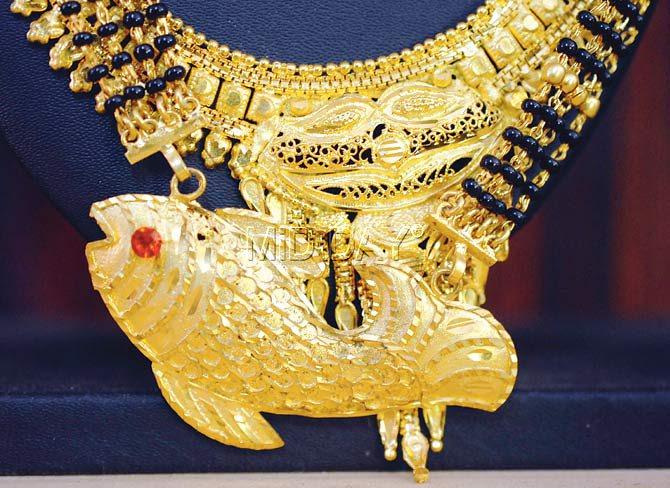
A close-up of a traditional East Indian jewellery showing a fish, reflecting their ties with the sea
Luckily, inspiration for this project was in Audrey’s own backyard, literally. “I grew up in Vile Parle (West), in a traditional home that is 90 years old today. It has a garden, and the roof rises up to 11-12 feet! It’s not easy to manage, but we have relatives who have been looking after it for us,” she adds, with a sense of pride, and relief as well.
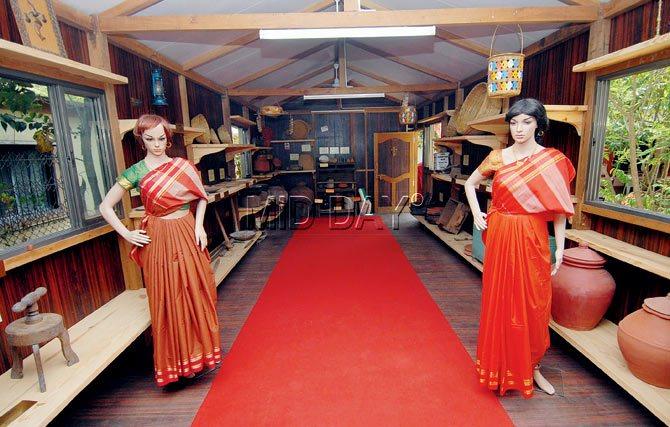
a view of the East Indian Museum in Teresa Village, Manori. Pics/Sameer Markande
Whose land is it?
“The idea of the Bhavan germinated in 2009 — when we were working on the Mobai Bhavan Museum that was eventually built in Teresa Village, Manori. We were lucky at the time that a family offered us the land to build it. However, in case of the East Indian Bhavan, land remains the single biggest hurdle,” rues Alphi D’Souza spokesperson for the Mobai Gaothan Panchayat, a body that is at the forefront of the community’s rights. For the over three-lakh East Indians spread across Mumbai, Vasai, Thane and Raigad, the news about this Bhavan has been a bittersweet one. “There is excitement and dejection,” he tells us, from his office in Santacruz (E).
When the body approached the state government with their request for land, they were told to find government land that can be spared for such a project. “But only they (politicians) would know about this land, right?” Alphi exclaims. “The alternative was a more tedious one — where we would need to buy the land, and then build on it. This would be a two-fold challenge. We all know how difficult it is to acquire even a small piece of land from existing owners in Mumbai. It runs into crores,” he reiterates; the irony of the situation echoing in his voice.
For all, by all
Yet, despite these obstacles, Audrey’s plan for the 15,000 sq-ft complex has been welcomed by the community. “People should spread the word and create awareness about this project. East Indians who have settled abroad are keen to contribute. After all, at last, something is being done for us,” she admits. “Once it’s ready, everyone will get a chance to earn a living at the centre too,” adds the architect whose enthusiasm hasn’t diminished, and she continues working out permutations and combinations in case the size and area of the plan needs revision.
“We wanted to have it in the city itself, to make it accessible to everyone from within and outside the community. It’s ironic that despite being Mumbai’s original inhabitants, we have to face such hurdles to secure land for the Bhavan,” reminds Audrey. Echoing her thoughts is Alphi, who presents the larger picture of how East Indians being original landowners in the city, must now fight hard to ensure that their gaothans are not eradicated entirely. In fact, Audrey’s ancestral property had been lost to the state in Aarey, Goregaon (East). “If my own land is released, it would be the ideal situation,” she maintains, her hope intact. “We hope and pray that this project takes off this year; so much has gone into this project,” she trails off.
Alphi and Audrey, like most East Indians, have been fighting for this plan to fructify. They hope that the government will blink. “We are keeping the government option open. It’s our dream. We can’t give up on it. Besides, all politicians can’t be that bad,” Alphi smiles.
 Subscribe today by clicking the link and stay updated with the latest news!" Click here!
Subscribe today by clicking the link and stay updated with the latest news!" Click here!






